A digital resource full of little educational nuggets that our instructors deliver as part of their ‘usual’ daily routine.
Including subjects such as maths, history and geography as well as a huge amount of environmental and skills based information we try to cover as broad of a spectrum as possible.
The hope is to inspire interest and promote further investigation and questions as to why, how and what we know about the great outdoors. Each "Byte" has a link to a pdf and a youtube video for more information. Enjoy!
-
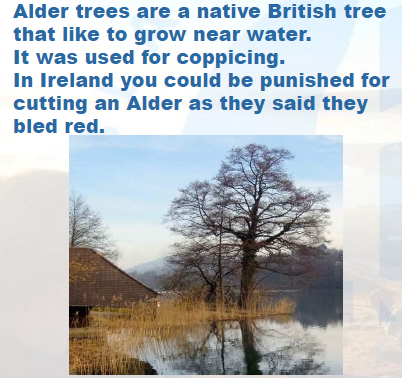 Alder
AlderAn introduction to a favourite tree, Alder. Alder trees are a native British tree that like to grow near water. It was used for coppicing. In Ireland you could be punished for cutting an Alder as they said they bled red... Find out more by having a look at this Alder pdf or watching this youtube video.
-
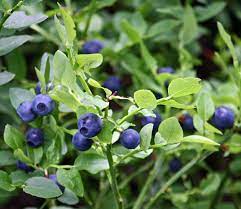 Blaeberries
BlaeberriesThis little fruiting shrub is known by various names across the UK, such as Bilberry or Whinberry, in Scotland we know it as Blaeberry. Commonly found in heather moorland and identified by its bright apple-green foliage. Its edible blue black berries are in season around August time and make a tasty snack when out in the hills... Find out more by having a look at this Blaeberries pdf or watching this youtube video.
-
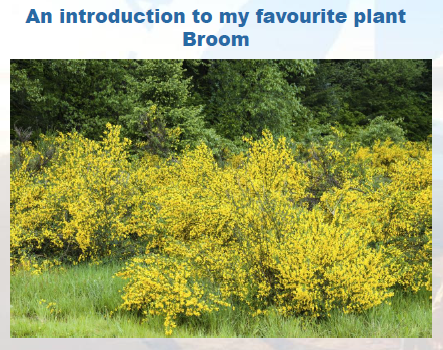 Broom
BroomAn introduction to a favourite plant, Broom. Broomielaw was the site of the 1st jetty built on the Clyde in 1662, the area was a grassy meadow with plenty of broom bushes, hence the name... Find out more by having a look at this Broom pdf or watching this youtube video.
-
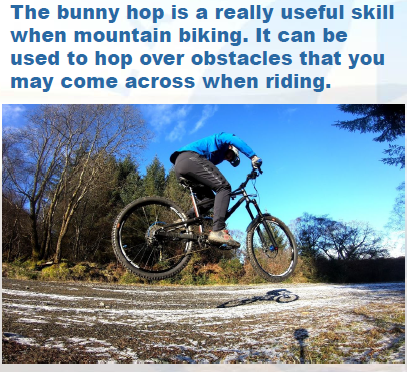 Bunny Hop
Bunny HopThere are three main steps to learning how to "bunny hop" your bike - have a look at the Bunny Hop pdf or watch this youtube video for more info. Once you've seen it a few times give it a try, show off your skills to us on twitter using the link at the page footer.
-
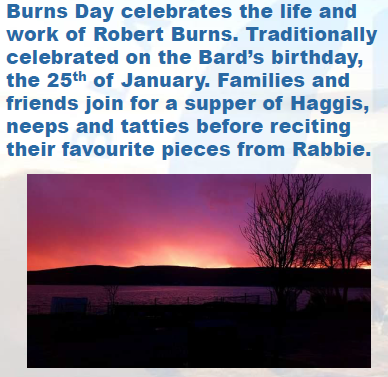 Burns Day
Burns DayHaggis have four legs (with one sides legs being longer than the other) allowing fast and nimble movement on the steep ground. They are unidirectional, born able to run in one direction around the hills - clockwise or anticlockwise.
Have a look at the Burns Day pdf or watch this youtube video for more info.
-
 Buttersburs
ButtersbursFond of moist ground, this pink, tassled wildflower can often be found carpeting riversides and damp ditches.
Have a look at the Buttersburs pdf or watch this youtube video for more info.
-
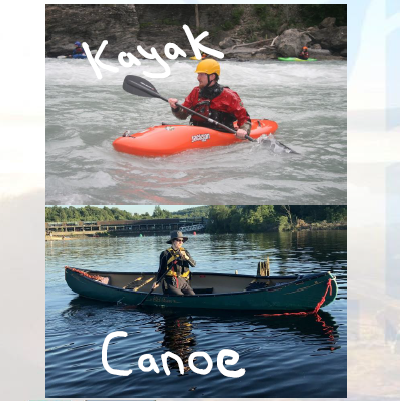 Canoe & Kayak Differences
Canoe & Kayak DifferencesCan you tell the difference between a canoe and a kayak?
Find out more by having a look at this Canoe & Kayak pdf or watching this youtube video.
-
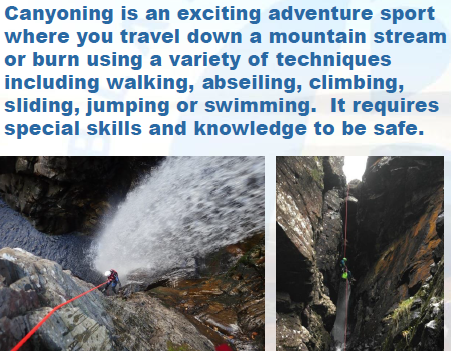 Canyoning
CanyoningCanyoning is an exciting adventure sport where you travel down a mountain stream or burn using a variety of techniques including walking, abseiling, climbing, sliding, jumping or swimming.
Find out more by having a look at this Canyoning pdf or watching this youtube video.
-
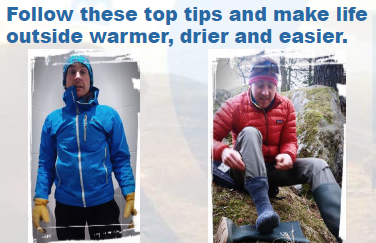 Clothing for Adventures
Clothing for AdventuresGoing outside during cold and wet weather doesn’t need to mean you get cold and wet! With the right clothing you can enjoy the outdoors in any weather.
Find out more by having a look at this Clothing for Adventures pdf or watching this youtube video.
-
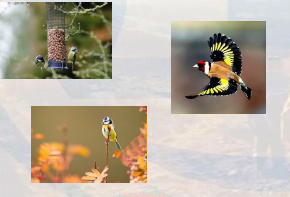 Common Garden Birds
Common Garden BirdsWinter can be a difficult time for our garden birds, but with a little helping hand from us we can attract a variety of different species. Using different types of foods such as fat balls, seeds, and nuts will give plenty of choice to attract the fussiest of eaters!
Find out more by having a look at this Common Garden Birds pdf or watching this youtube video.
-
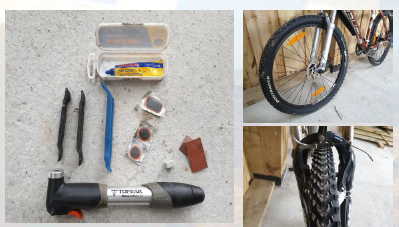 Fix a Puncture
Fix a PunctureGetting out on your bike is a great form of exercise and is environmentally friendly too! Do you know how to fix a puncture if your bike is out of action? With some basic, affordable tools and a bit of know how it is easy!
Find out more by having a look at this Fix a Puncture pdf or watching this youtube video.
-
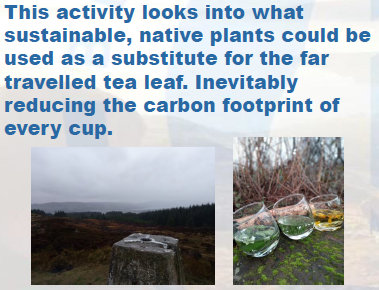 Foraging a cup of Tea
Foraging a cup of TeaSo, what makes a cup of tea? Hot water + (Tea) Leaves = Tea
This activity looks into what sustainable, native plants could be used as a substitute for the far travelled tea leaf. Inevitably reducing the carbon footprint of every cup.
Find out more by having a look at this Foraging a cup of Tea pdf or watching this youtube video.
-
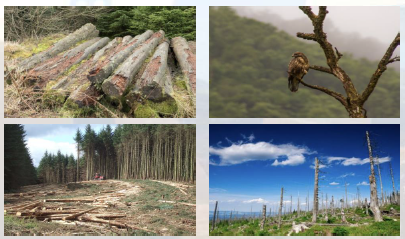 Forest Clearing & SNAGS
Forest Clearing & SNAGSHave you ever wondered why when a forest is cleared there are lots of dead trees lying on the ground or some still standing, these are called SNAGS...
Find out more by having a look at this Forest Clearing & SNAGS pdf or watching this youtube video.
-
 Frisbee Golf
Frisbee GolfBasically the rules are very similar to real golf. Throw your frisbee from the “Tee” to the “Hole” and count the number of throws it takes you to get it in the “hole” (disc catcher). The person who uses the least number of throws wins the game.
Find out more by having a look at this Frisbee Golf pdf or watching this youtube video.
-
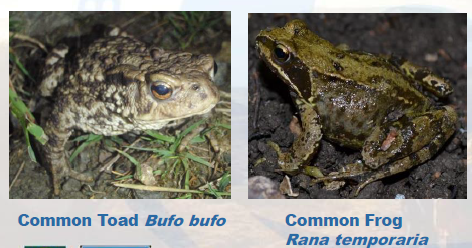 Frogs and Toads
Frogs and ToadsFrogs and toads are similar in many ways They are both amphibians, meaning their babies live in water and breath through gills whilst the adults live on land and breath air with lungs, like we do. Frogs often catch flying insects with their sticky tongues whilst Toads prefer to take on bigger prey like worms and slugs which they swallow whole!.
Find out more by having a look at this Frogs and Toads pdf.
-
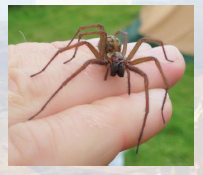 Giant Spider
Giant SpiderSpiders in the UK get a bad rap, none of them are dangerous and you do not need to be scared of them. The House Spider is one of the largest spiders in Scotland, you may have seen them run across the carpet and occasionally when they fall and get stuck in the bath.
Find out more by having a look at this Giant Spider pdf or watching this youtube video.
-
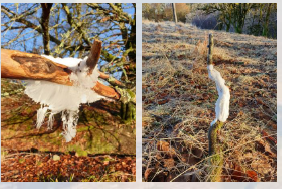 Hair Ice
Hair IceHair ice is a rare type of ice formation resembling hair or candy floss. It only occurs when these extremely specific set of conditions are met.
Find out more by having a look at this Hair Ice pdf or watching this youtube video.
-
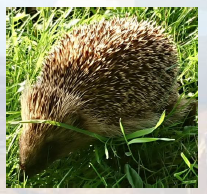 Hedgehog
HedgehogHedgehogs are perhaps the cutest of British mammals They forage at night, travelling up to 2 miles, that’s a long way for little legs! Hedgehogs really need our help. Their numbers have fallen below one million in the UK, down by 30% in just over ten years.
Find out more by having a look at this Hedgehog pdf.
-
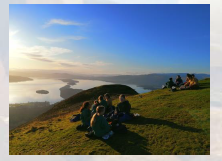 Highland Boundary Fault
Highland Boundary FaultWhat is the Highland Boundary Fault? Where is it in Scotland? When was it formed? What Rock Type do you find here? What other things happen at a fault line?
Find out more by having a look at this Highland Boundary Fault pdf or watching this youtube video.
-
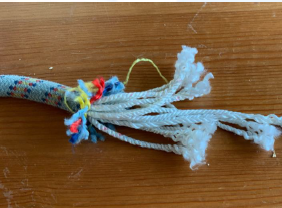 How Strong is a Rope?
How Strong is a Rope?The climbing ropes we use at Blairvadach are very strong, but how strong? By cutting apart a rope under load we can see what it is made of and get a rough idea of how strong it is.
Find out more by having a look at this How Strong is a Rope? pdf or watching this youtube video.
-
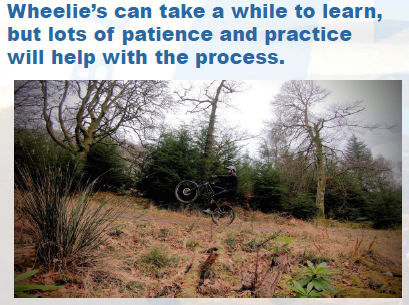 How to do a wheelie
How to do a wheelieA wheelie is a great skill to learn, it’s really useful to master this before attempting to do a manual. Wheelie’s can take a while to learn, but lots of patience and practice will help with the process.
Find out more by having a look at this How to do a wheelie pdf or watching this youtube video.
-
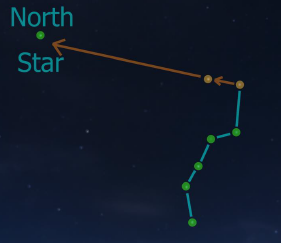 How to find North using the stars
How to find North using the starsIdentify the constellation Ursa Major in the night sky to help find Polaris (the North Star).
Find out more by having a look at this How to find North using the stars pdf or watching this youtube video.
-
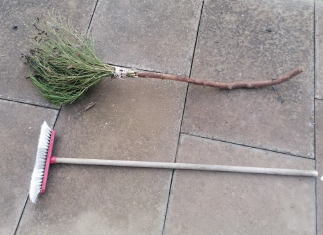 How to make a Broom
How to make a BroomWhat came first the chicken or the egg? Is a question philosophers have been trying to solve for millennia... The real question that philosophers should be trying to resolve is what came 1st the broom (plant) or the broom (brush).
Find out more by having a look at this How to make a Broom pdf or watching this youtube video.
-
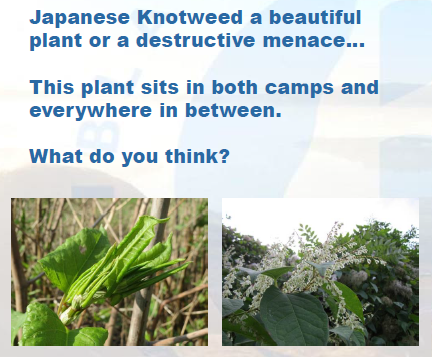 Japanese Knotweed
Japanese KnotweedJapanese Knotweed a beautiful plant or a destructive menace… This plant sits in both camps and everywhere in between. What do you think?
Find out more by having a look at this Japanese Knotweed pdf or watching this youtube video.
-
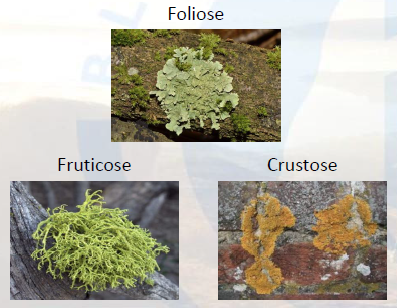 Lichens
LichensHow to identify different types of lichens and know where and how to look for them. There are 3 main types of lichens, they grow on rocks, walls, roofs, exposed soil, trees and many other things.
Find out more by having a look at this Lichens pdf or watching this youtube video.
-
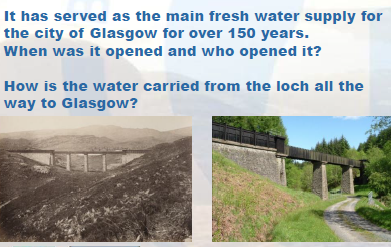 Loch Katrine and Glasgows Water Supply
Loch Katrine and Glasgows Water SupplyLoch Katrine is a freshwater loch in the heart of Loch Lomond and the Trossachs National Park. Do you know where the name Loch Katrine comes from in Gaelic? Can you find it on a map, and can you find out how long and wide it is?
Find out more by having a look at this Loch Katrine and Glasgows Water Supply pdf or watching this youtube video.
-
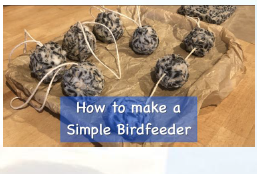 Making a Bird Feeder
Making a Bird FeederThink you could make a simple bird feeder to keep our feathered friends better fed through the winter months? Here's a quick and easy way you can do it, with only a few basic ingredients and kitchen tools.
Find out more by having a look at this Making a Bird Feeder pdf or watching this youtube video.
-
 Making a compass
Making a compassBecoming lost can be very scary and also make us walk around in circles. To avoid both issues we are going to look at making a basic compass with only a few items.
Find out more by having a look at this Making a compass pdf or watching this youtube video.
-
 MORSE CODE
MORSE CODEMorse code is mainly used for emergency situations to signal for help but can be used to share secret messages with your friends.
Find out more by having a look at this MORSE CODE pdf or watching this youtube video.
-
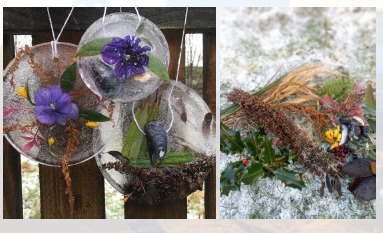 Nature inspired ice art
Nature inspired ice artThe creation of a piece of art using natural materials and the cold air and water to fuse everything into something beautiful. A simple activity that produces dramatic results. It will enable creativity, look at the relationships between science and nature as well as enhance fine motor skills.
Find out more by having a look at this Nature inspired ice art pdf or watching this youtube video.
-
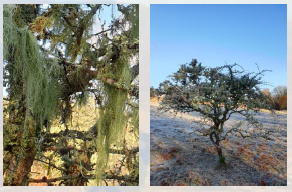 Old Man's Beard
Old Man's BeardA type of lichen commonly found growing on trees, it is pale green in colour with a wispy, hair like appearance. How is it formed, what does it tell us about the environment it's found in and what can it be used for?
Find out more by having a look at this Old Man's Beard pdf or watching this youtube video.
-
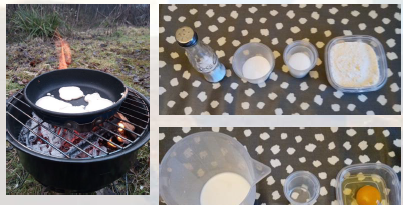 Pancakes in a bottle
Pancakes in a bottleTraditionally made on Shrove Tuesday, pancakes are a way of clearing out the cupboard of perishables before fasting for Lent. This recipe is for 1 portion of pancakes and can easily be doubled, tripled or quadrupled to suit numbers.
Find out more and try making your own by having a look at this Pancakes in a bottle pdf or watching this youtube video.
-
 Quaking Bog
Quaking BogA quaking bog is an area of “shoogly ground” usually found on wet moorlands or near ponds and marshes They form where an area of water is slowly covered as a mat of vegetation grows over the surface This commonly happens on peat bogs.
Find out more and try making your own by having a look at this Quaking Bog pdf.
-
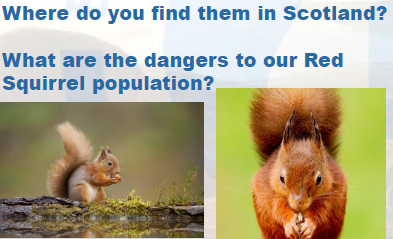 Red Squirrels
Red SquirrelsWhat is a Squirrel? What's the differences between Red and Grey Squirrels? Where do you find them in the UK? Where do you find them in Scotland? What are the dangers to our Red Squirrel population?
Find out more by having a look at this Red Squirrels pdf or watching this youtube video.
-
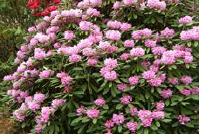 Rhododendron
RhododendronScotland’s most threatening invasive non native shrub. The plant now covers over 50,000 hectares of Scottish countryside.
Find out more about how the Forestry Commission and its partners the John Muir Trust and the National Trust for Scotland have spent over £15,000,000 trying to eradicate the species by having a look at this Rhododendron pdf or watching this youtube video.
-
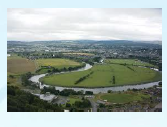 River Forth from Source to Sea
River Forth from Source to SeaWhat is a river and how is it formed? How long is it, and what direction does it flow? What famous Scottish landmarks does it flow past? How does the River Forth grow in size? What types of wildlife can you find there? Where does the River Forth end?
Find out more by having a look at this River Forth from Source to Sea pdf or watching this youtube video.
-
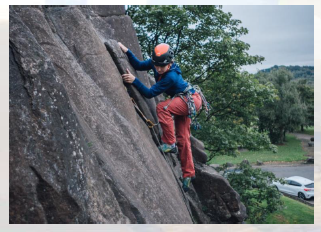 Rock Climbing Styles
Rock Climbing StylesHave you seen people rock climbing and want to know what they are doing? We are going to explain the difference between the 3 most popular styles of climbing in the UK; Bouldering, Sport Climbing and Traditional Climbing.
Find out more by having a look at this Rock Climbing Styles pdf or watching this youtube video.
-
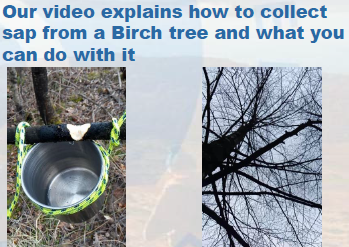 Tree Sap
Tree SapMaple syrup is a common product made simply from tree sap. Our video explains how to collect sap from a Birch tree and what you can do with it.
Find out more by having a look at this Tree Sap pdf or watching this youtube video.
-
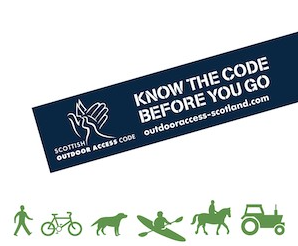 Scottish Outdoor Access Code
Scottish Outdoor Access CodeIn Scotland we have something called 'access rights'. These rights allow us access to most land... providing we always behave responsibly.
Find out more by having a look at this Scottish Outdoor Access Code pdf or watching this youtube video.
-
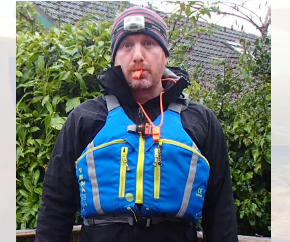 Signal for Help
Signal for HelpIf something goes horribly wrong on one of your adventures then you may need to get some help. Knowing how to get that help can be a matter of life or death. There is a UK Standard for signalling help, remember to only signal for help if you really need it!
Find out more by having a look at this Signal for Help pdf or watching this youtube video.
-
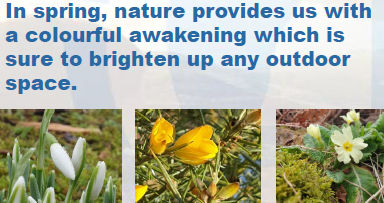 Signs of spring
Signs of springSpringtime is a welcome light at the end of what is often a long and dark Winter. Longer days, brighter evenings and warm sunny spells all help to lift spirits. In spring, nature provides us with a colourful awakening which is sure to brighten up any outdoor space.
Find out more by having a look at this Signs of spring pdf or watching this youtube video.
-
 Silver Birch
Silver BirchThe silver birch is a striking looking native tree. It can grow to around 30m tall. It is recognisable all year round with its creamy coloured and fissured bark.
Find out more by having a look at this Silver Birch pdf or watching this youtube video.
-
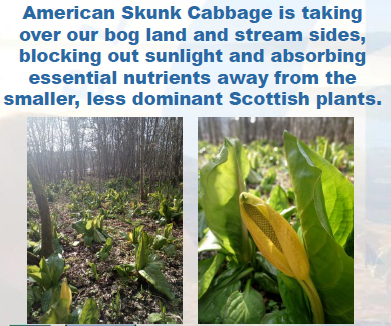 Skunk Cabbage
Skunk CabbageAmerican Skunk Cabbage is taking over our bog land and stream sides, blocking out sunlight and absorbing essential nutrients away from the smaller, less dominant Scottish plants.
Find out more by having a look at this Skunk Cabbage pdf or watching this youtube video.
-
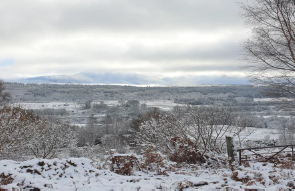 Snow
SnowDo you know what makes it snow? Does it need to be below zero degrees, and can it be too cold for snow? What does a snowflake look like?
Find out more by having a look at this Snow pdf or watching this youtube video.
-
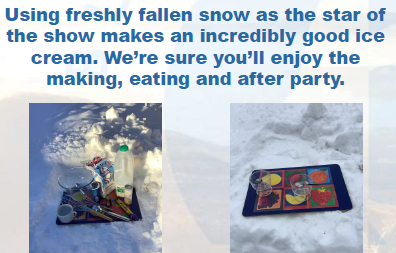 Snow Ice Cream
Snow Ice CreamUsing freshly fallen snow as the star of the show makes an incredibly good ice cream. We’re sure you’ll enjoy the making, eating and after party.
Find out more by having a look at this Snow Ice Cream pdf or watching this youtube video.
-
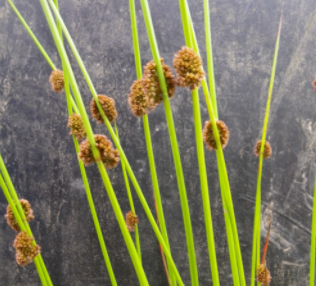 Soft Rush
Soft RushSeeing this plant would indicate boggy wet ground, usually an area to avoid if you want to keep your feet dry!
Find out more about how this plant was used for making candle wicks, baskets and thatched roofs by having a look at this Soft Rush pdf or watching this youtube video.
-
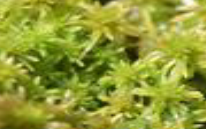 Sphagnum Moss
Sphagnum MossA cool and very versatile little plant, found in damp areas of conifer forest or moorland. It has been used for personal, horticultural and medicinal purposes for centuries.
Find out more by having a look at this Sphagnum Moss pdf or watching this youtube video.
-
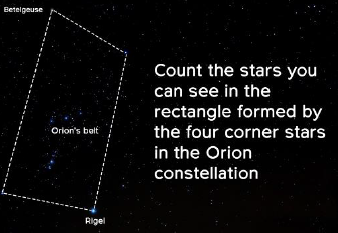 Star Count
Star CountHow much do the street and other lights block out your view of the starts? If you can identify the constellation Orion and count the stars contained within the constellation you can work out the amount of light pollution in your area.
Find out more by having a look at this Star Count pdf or watching this youtube video.
-
 Stone Sculptures
Stone SculpturesHow to build your stones Sculptures. What shapes to use. Where to build them. This is quite a simple task and can be done on the beach, near a stream or in the woods.
Find out more by having a look at this Stone Sculptures pdf or watching this youtube video.
-
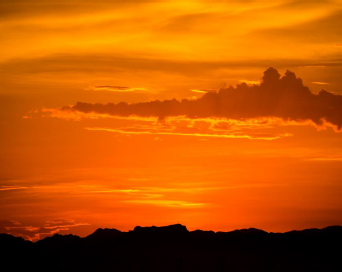 Sunrise
SunriseHow to build your stones Sculptures. What shapes to use. Where to build them. This is quite a simple task and can be done on the beach, near a stream or in the woods.
Find out more by having a look at this Sunrise pdf or watching this youtube video.
-
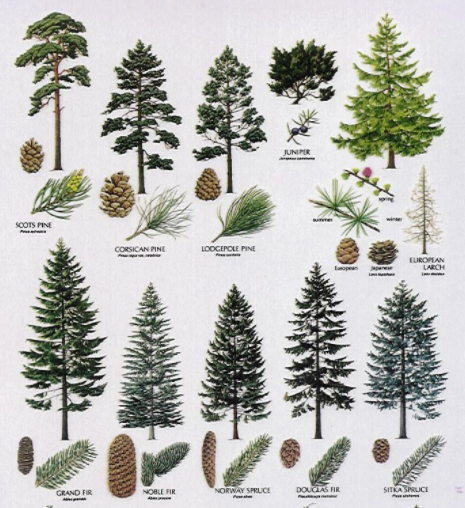 Telling Conifers Apart
Telling Conifers ApartThere are so many types of conifers, how could you possibly learn to tell them apart? We show you a few easy ways to remember the different types.
Find out more by having a look at this Telling Conifers Apart pdf or watching this youtube video.
-
 The Haggis
The HaggisOne of the most elusive Scottish animals, the Haggis hides on the steep slopes of the mountainous Highlands. The Haggis rarely ventures out of their burrows except to feed making them extremely hard to catch.
Find out more by having a look at this The Haggis pdf or watching this youtube video.
-
 The Rowan Tree
The Rowan TreeBeautiful, mystical and visually striking ( in full bloom ) the Rowan can be a sensory overload. A native tree which is as happy growing in gardens and streets as it is in the high mountains.
Find out more about why it's such a special tree by having a look at this The Rowan Tree pdf or watching this youtube video.
-
 The Whangie
The WhangieThe Whangie is a geological rock formation, carving a deep vertical slice in Auchineden hill which you can walk through. Folklore suggests that the slice was created when the Devil swished his tail creating the slice!
Find out more about why it's such a special tree by having a look at this The Whangie pdf or watching this youtube video.
-
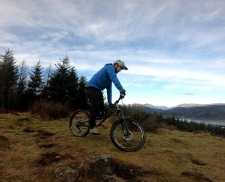 Track stand
Track standThe track stand is a great skill to practice, it involves balancing on your bike while stationary or moving minimal distances.
Find out more by having a look at this Track stand pdf or watching this youtube video.
-
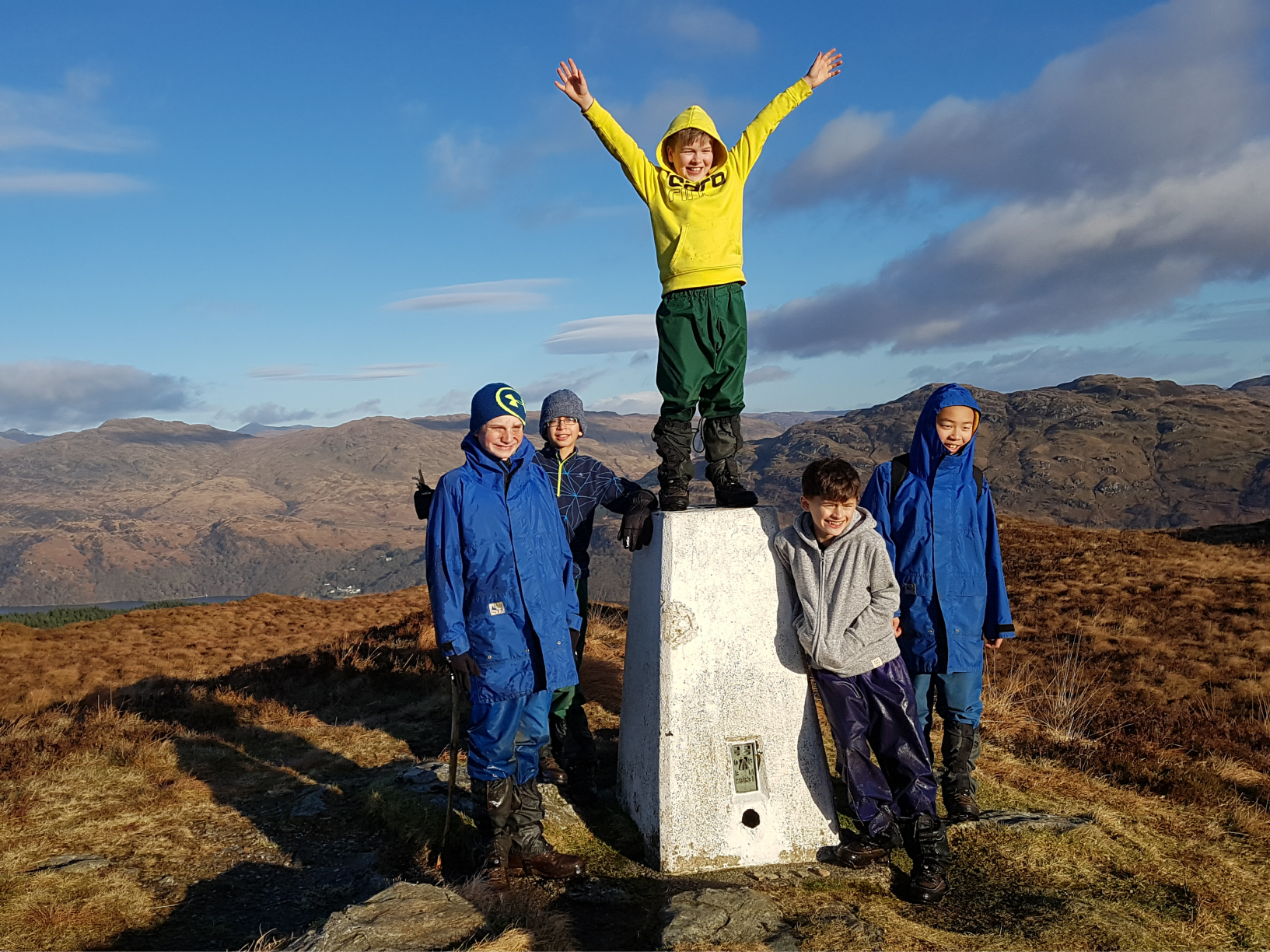 Trig Points
Trig Points‘Trig Points’ or ‘Trig Pillars’ were once part of a state of the art network built to begin the retriangulation of Great Britain. 6,500 shining white monoliths standing atop hills, mountains and high points used mathematics to accurately map Great Britain.
Find out more by having a look at this Trig Points pdf or watching this youtube video.
-
 Trossachs History Mystery and Legends
Trossachs History Mystery and LegendsSteeped in history and famous historical events, the Trossachs boast some of Scotland’s most iconic people and places. From Robert The Bruce to the famous outlaw, Rob Roy MacGregor, their stories and the myths and legends that surround them are truly fascinating!
Find out more by having a look at this Trossachs History Mystery and Legends pdf or watching this youtube video.
-
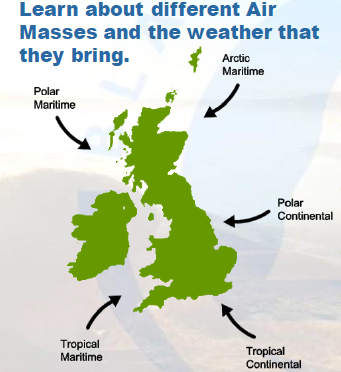 Why Does Our Weather Change So Much
Why Does Our Weather Change So MuchHave you ever looked out the window and thought to yourself, 'it looks quite nice out there, I think I will leave my jacket?' Only to find yourself getting soaked? Above our heads a titanic struggle is constantly in play as the various air masses in this part of the world battle for supremacy.
Find out more by having a look at this Why Does Our Weather Change So Much pdf.
-
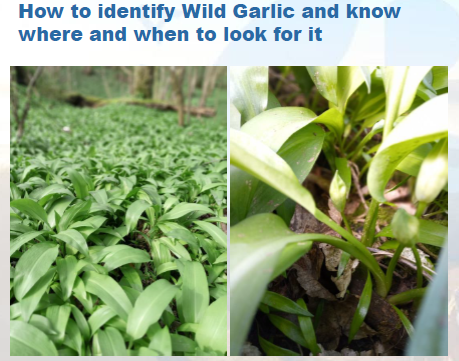 Wild Garlic
Wild GarlicHow to identify Wild Garlic (the leaves and flowers are edible) and know where and when to look for it.
Find out more by having a look at this Wild Garlic pdf or watching this youtube video.
-
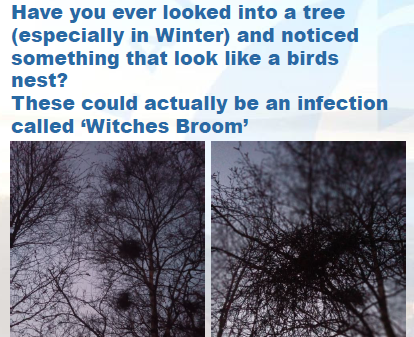 Witches Broom
Witches BroomHave you ever looked into a tree (especially in Winter) and noticed something that look like a birds nest? These could actually be an infection called ‘Witches Broom’.
Find out more by having a look at this Witches Broom pdf or watching this youtube video.
-
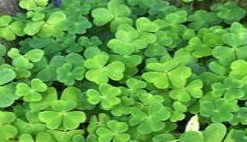 Wood Sorrel
Wood SorrelIf you are new to foraging, this is an easily identifiable little plant. It has three green perfect heart shaped leaves growing on a single stem. What does it taste like?
Find out more by having a look at this Wood Sorrel pdf or watching this youtube video.
